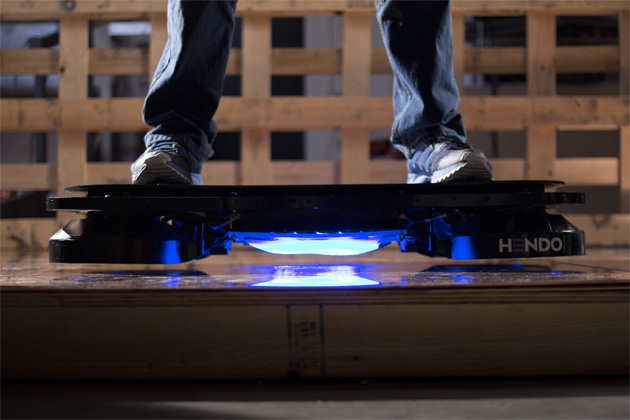Surveying patients with traumatic brain injuries, a group of Los Angeles Biomedical Research Institute (LA BioMed) researchers reported today that they found those who tested positive for THC, the active ingredient in marijuana, were more likely to survive than those who tested negative for the illicit substance.
The findings, published in the October edition of The American Surgeon, suggest THC, or tetrahydrocannabinol, may help protect the brain in cases of traumatic brain injury, the researchers said. The study included 446 patients who suffered traumatic brain injuries and underwent a urine test for the presence of THC in their system. The researchers found 82 of the patients had THC in their system. Of those, only 2.4% died. Of the remaining patients who didn't have THC in their system, 11.5% died.
"Previous studies conducted by other researchers had found certain compounds in marijuana helped protect the brain in animals after a trauma," said David Plurad, MD, an LA BioMed researcher and the study's lead author. "This study was one of the first in a clinical setting to specifically associate THC use as an independent predictor of survival after traumatic brain injury."
The researchers noted that the timing of their study was "pertinent" because of current efforts to decriminalize marijuana and other research that has shown THC can increase appetite, reduce ocular pressure, decrease muscle spasms, relieve pain and alleviate symptoms associated with irritable bowel disease. But they noted that their study has some significant limitations.
"While most -- but not all -- the deaths in the study can be attributed to the traumatic brain injury itself, it appears that both groups were similarly injured," Dr. Plurad said. "The similarities in the injuries between the two groups led to the conclusion that testing positive for THC in the system is associated with a decreased mortality in adult patients who have sustained traumatic brain injuries."
Story Source:
The above story is based on materials provided by Los Angeles Biomedical Research Institute at Harbor-UCLA Medical Center (LA BioMed). Note: Materials may be edited for content and length.
Journal Reference:
- Nguyen BM, Kim D, Bricker S, Bongard F, Neville A, Putnam B, Smith J, Plurad D.Effect of marijuana use on outcomes in traumatic brain injury. The American Surgeon, October 2014
Cite This Page:






 THC – Tetrahydrocannabinol. THC, is the main psychoactive substance found in the Cannabis plant. Tetrahydrocannabinol, usually refers to the naturally existing isomer of delta-9-THC.
THC – Tetrahydrocannabinol. THC, is the main psychoactive substance found in the Cannabis plant. Tetrahydrocannabinol, usually refers to the naturally existing isomer of delta-9-THC. CBD - Cannabidiol. High CBD cannabis provides medical benefit without psychoactive effect. CBD is a cannabinoid with medical potential that is bred from cannabis when the goal is high THC content. Because CBD is not psychoactive, people who dislike the effects of currently available marijuana, or who are seeking medical benefit without feeling stoned, might like high-CBD strains bred low in THC.
CBD - Cannabidiol. High CBD cannabis provides medical benefit without psychoactive effect. CBD is a cannabinoid with medical potential that is bred from cannabis when the goal is high THC content. Because CBD is not psychoactive, people who dislike the effects of currently available marijuana, or who are seeking medical benefit without feeling stoned, might like high-CBD strains bred low in THC.